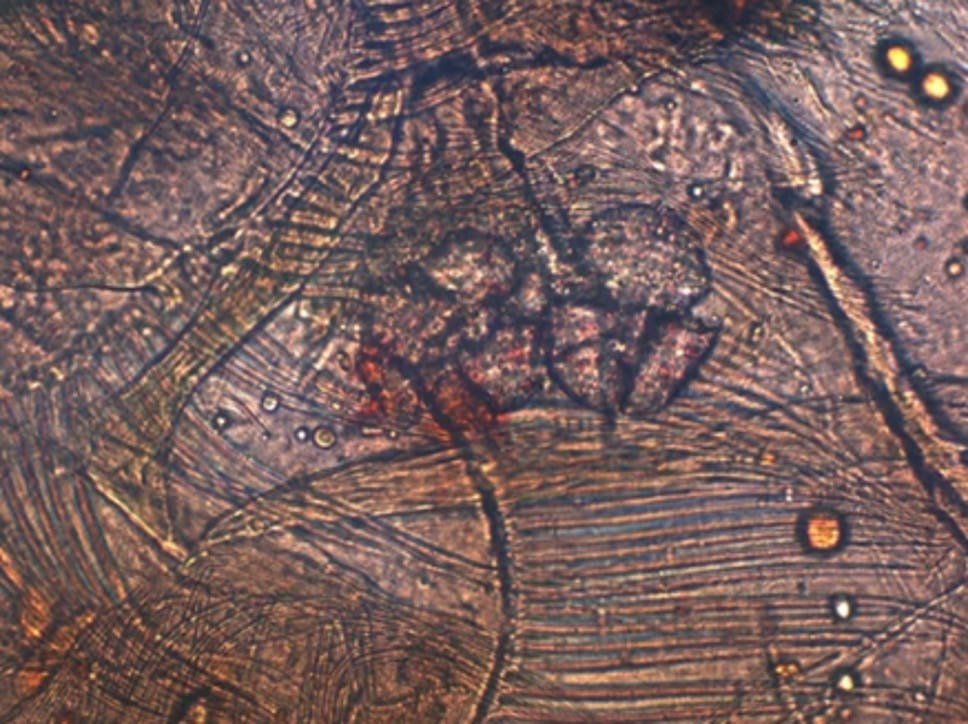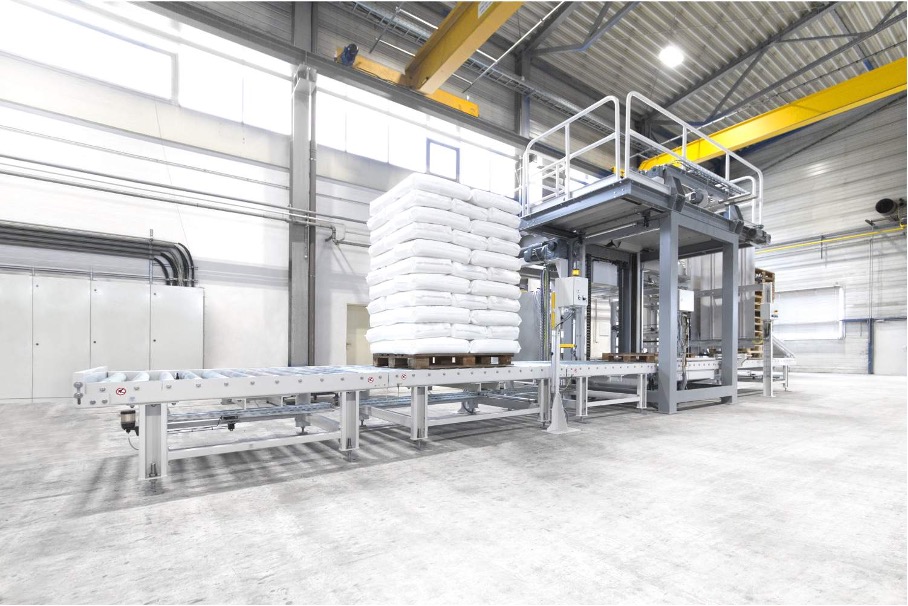Scientists discovered a species of small crustaceans that can break down micro plastics into tiny particles in matter of days. These tiny crustaceans can fragment micro plastics into pieces smaller than a cell within 96 hours.
So far Plastic fragmentation is believed to occur largely due to slow physical processes like sunlight and wave action.
Now researchers at University College Cork (UCC) in Ireland have discovered a “very common” crustacean, called Gammarus duebeni. Found in freshwater streams, this invertebrate can break down micro plastics (smaller than 5 mm) in less than 100 hours. These can turn them into nano plastics that are less than one micrometer.
Lead author Alicia Mateos-Cárdenas, said, “When I started studying this three years ago, it sounded so crazy that such small animals could be fragmenting plastics but our research shows that plastic fragments comprised nearly 66% of all observed micro plastic particles accumulated in the guts of these animals,”
Micro plastics in the food chain
These micro plastics are fragmented by small crustaceans as part of their digestive process. But because of the very small size of these fragments, these can easily pass through cell membranes. These nano plastics are therefore thought to be potentially more damaging to wildlife than micro plastics.
The researchers explained micro plastics are regularly known to stick in the guts of seabirds and fish. Researchers assume that the smaller nano plastic particles could go further and penetrate cells and tissues.
Author of the study said, “The findings that such a common invertebrate animal can rapidly produce vast numbers of nano plastics is particularly worrying for researchers,”
Dr. Mateos-Cardenas said, “These invertebrates are very important in ecosystems because they are prey for fish and birds, hence any nano plastic fragments that they produce may be entering food chains.”
“The data in this study will help us to understand the role of animals in determining the fate of plastics in our waters, but further research is urgently needed to uncover the full impact of these particles,”







